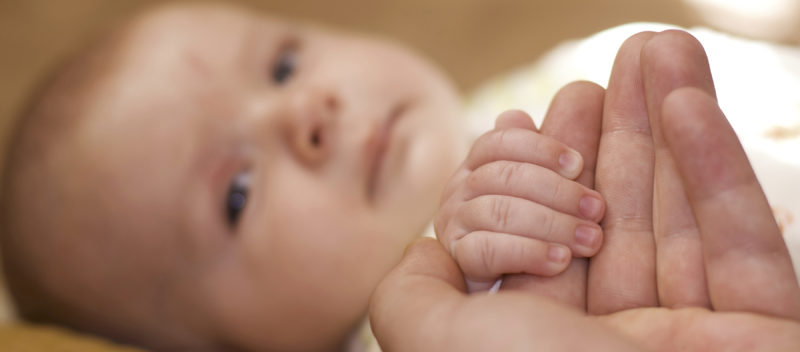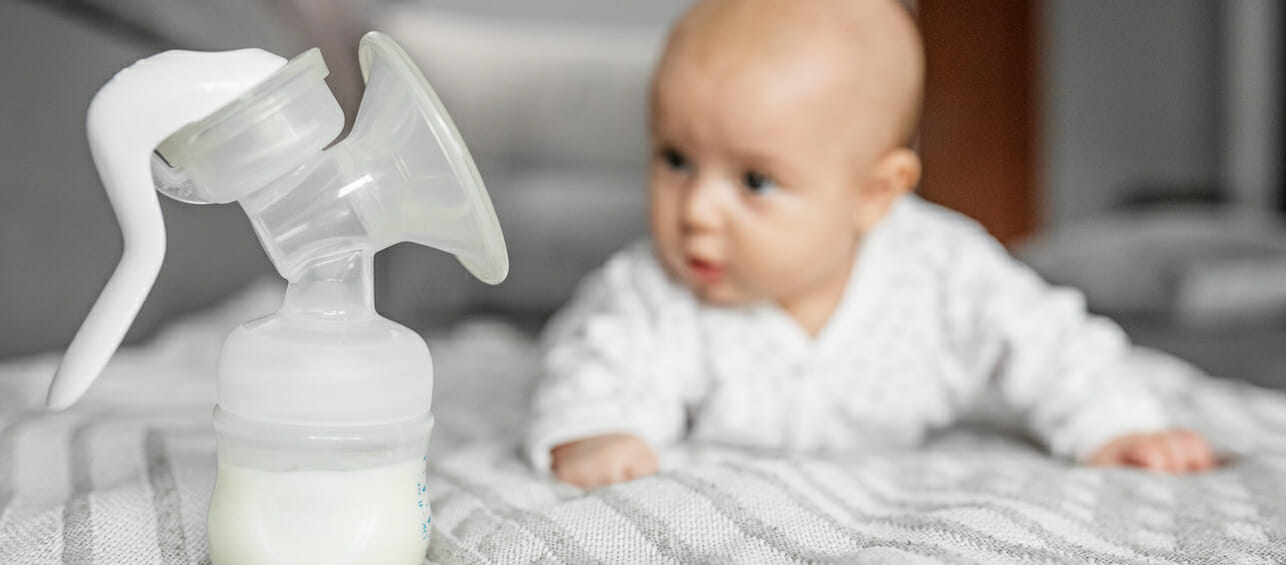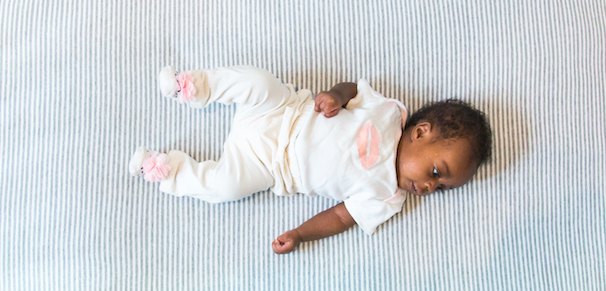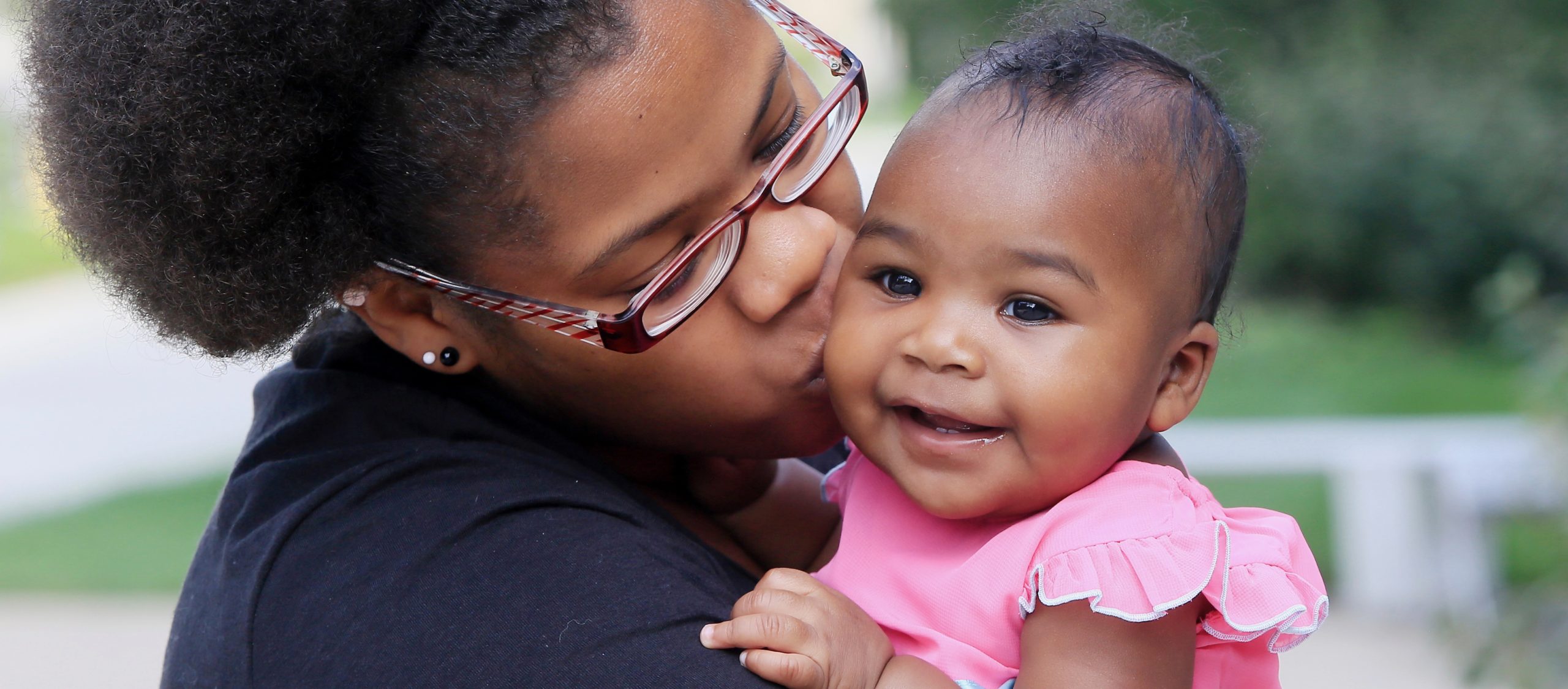For parents who have recently had a baby and are in the newborn and early infant phase, this period of time can offer some of the most precious and rewarding – yet challenging moments of parenthood.
Two of those challenges that many parents face are helping their baby to sleep for longer stretches at night and soothing cries when awake.
Parents have been using swaddling for many years as a way to help with both challenges. However, recently there has been much debate about the practice, as some organizations that look at preventing sudden infant death syndrome (SIDS), have analyzed data and found that swaddling may contribute to SIDS.
Risks of Swaddling
Swaddling may cause health problems or even be a risk factor for SIDS for several reasons, which include:
- Swaddling too tight around the chest. If a baby is swaddled too tight around the chest, he may not have enough space to breathe freely.
- Swaddling once a baby can roll over. If a swaddled baby rolls over to her stomach, this increases the risk for SIDS because it is less likely that she will be able to roll back over to her back. And there is strong evidence that young babies who sleep on their stomachs are at higher risk for SIDS.
- Swaddling too loosely. If a baby is swaddled too loosely and the blanket comes undone, there is a risk that the blanket will cover the baby’s face and potentially cause suffocation.
- Swaddling promotes too deep of sleep. While deep sleep sounds like a good thing for a baby, it is potentially harmful in some situations because if a baby is sleeping too deeply, he might not arouse in an unsafe sleeping situation, such as if a blanket is over his face.
- Swaddling with a heavy blanket. If a baby has a thick blanket on and is too warm, this can increase the risk of SIDS.
- Swaddling too tight around the legs. Traditional swaddling keeps the legs close together and straight, which can cause problems for the hips – potentially hip dysplasia. Read a post about how to keep babies’ hips safe.
So what should parents do, especially if their baby is particularly fussy or won’t sleep at night without being swaddled? If families decide to swaddle, here are some DOs and DON’Ts, which follow the American Academy of Pediatrics’ recommendations:
DOs
- DO swaddle using the proper technique, up until baby shows signs of rolling over
- DO place swaddled baby on back (not chest or side)
- DO leave two fingers of space between baby’s chest and blanket
- DO leave enough room for baby to bend the legs up and out at the hips
- DO consider a sleep sack (that allows the hips to move up and out) as an alternative to swaddling
- DO swaddle using a light blanket so that baby does not get too hot
DON’Ts
- DON’T swaddle too tight around chest, legs and hips
- DON’T swaddle so loosely that blanket comes undone
- DON’T swaddle past 2-4 months of age, or when baby starts to roll over
- DON’T place a swaddled baby on stomach or side
- DON’T use a thick blanket to swaddle






Thanks for your helpful information on swaddling safety. I think too many times it is just assumed that because a blanket is meant for a baby that it is automatically going to be safe.